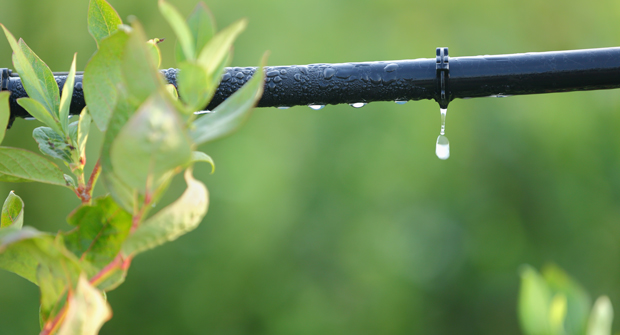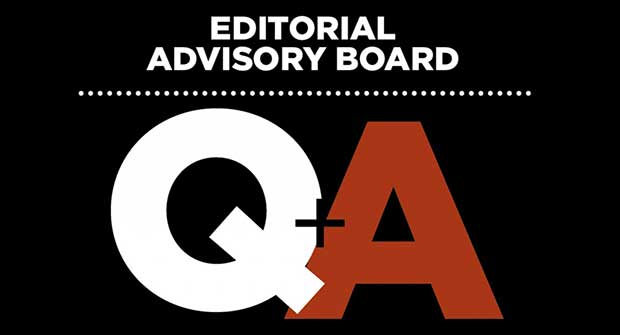By now, cooler temperatures are the rule, and lawn care and landscape professionals are happy to have them.
This was another scorching summer (aren’t they all?), as well as a dry summer for much of the U.S. According to the National Centers for Environmental Information, about 30 percent of the contiguous U.S. was in drought by the beginning of September, up a little over 10 percent from the end of July.
LM asked a few friends of the magazine about the usefulness of drip irrigation in hot summers like the this one in 2024. We learned that it’s both beloved and bemoaned.
Where it rules
Mike McCarron, owner of Image Works Landscape Management in Fairfax, Va., says installing drip irrigation in certain circumstances has “exploded” in the area over the last three to five years. The reason, he says, is because it saves labor while also delivering consistent results.
“It’s become really popular where you have floral displays that are elevated,” McCarron says. “In front of a big HOA, a condo association, in front of a country club and even on the residential side — they have herb gardens or a vegetable garden, and they want to make sure it’s watered evenly and consistently.”
McCarron says the systems his company installs are easy because they are tied to the local irrigation system. His employees “spike” the plant and then control the amount of water by a timer. This eliminates the need for an employee to water these raised plants.
“Almost all our commercial clients who have good floral display budgets are using this now because the consistency and the quality of having perfectly timed water is huge,” McCarron says. “Virginia was scorching hot this summer, and we had 22 days over the 106-degree heat index. And the flower displays looked good through that whole peak time.”
McCarron says he rotates what brands he uses, but Rain Bird, Toro and K-Rain and are his most popular.
Where it’s ruled out
Some say Kansas City is the soccer capital of America. Curt Waddle, manager of outdoor living for Ryan Lawn & Tree, doesn’t have a stance on that, but he will tell you that Kansas City is the squirrel capital of America.
“Kansas City, and especially Mission Hills, is the absolute worst with squirrels,” he says. “If you put lights in the ground there, they chew through the lights. You can literally see the teeth marks on every landscape light.”
For this reason, Waddle advises his customers against drip irrigation. It’s a bigger headache than it’s worth, he says.
“You’re constantly repairing (drip irrigation), and then you have to charge the customers because it’s animal predation, and we don’t cover animal predation,” he says. “The customer gets frustrated and asks, ‘Why did you sell me this system?’”
His preferred — and squirrel-proof — way to effectively irrigate is to install smart controllers with a Hunter MP rotator head.
“We feel like you actually save water over the drip irrigation system using these in the right location and not over-watering,” he says. “Use a smart controller that doesn’t just measure rain totals, but also humidity and soil moisture.”
Sean Baxter, president at Lawn and Landscape Solutions, Overland Park, Kan., agrees with his fellow Kansas Citian about both the squirrels and the best way to keep landscapes irrigated.
“(With drip irrigation), you don’t even know when the line is broken,” he says. “You get leaks, and the pressure down the line is bad, and then things are dying over here and too wet over there.”
Baxter says the system he prefers is Hydrawise because Lawn and Landscape Solutions is a big proponent of FX Luminaire and Hunter, and the companies are all related. Waddle also says Hydrawise is his favorite, but they’ll also use Rachio from time to time.
“We’re a Hunter company too. They’re quality, top-notch,” he says. “The value of the Rachio is that a first grader could program them. That’s why people like them — because they’re really simple.”


